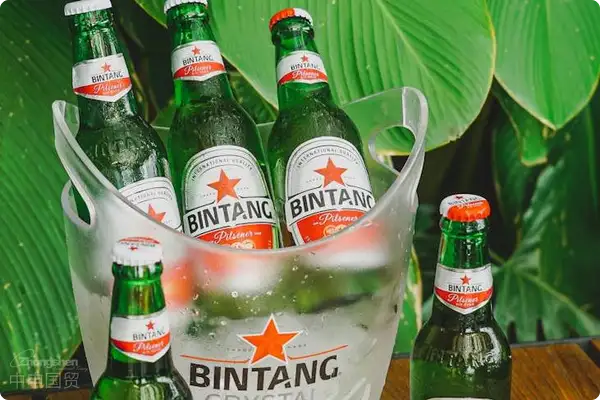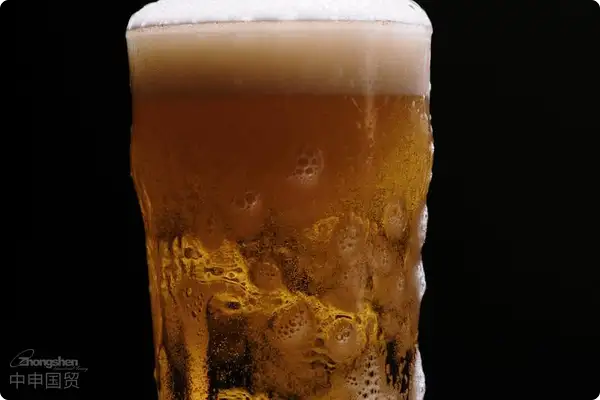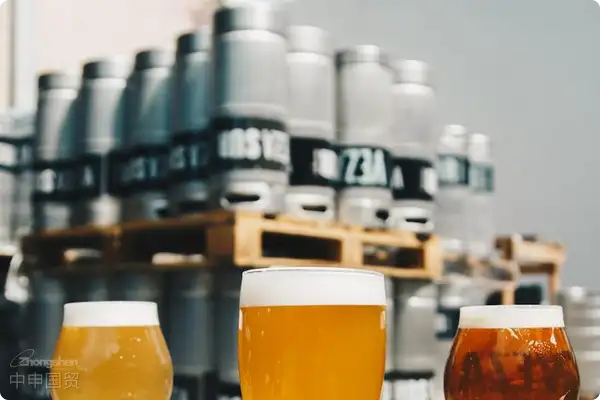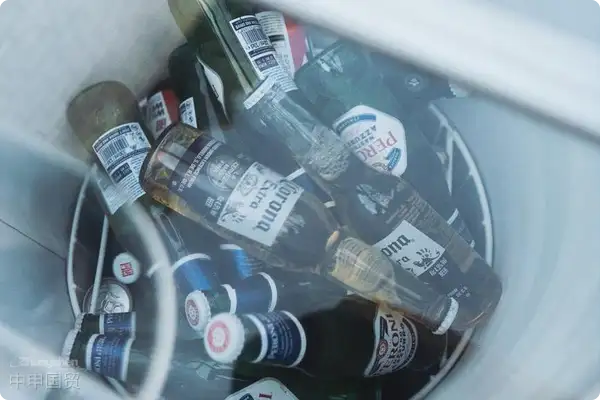- Shanghai Zhongshen International Trade Co., Ltd. - Two decades of trade agency expertise.
- Service Hotline: 139 1787 2118

When craft beer meets HS codes
Last year, a client from Zhejiang excitedly told me he had found a revolutionary Berliner Weisse beer. However, during declaration, the customs officer held the ingredient list and asked: Malt content is less than 50%, why not classify it as a beverage? This case reminds us:Product selection must first consider HS codes.
- Traditional beer (22030000) must meet:
- Malt content ≥50%
- Alcohol concentration 0.5%-8% vol
- If containing juice/whey components, it must be classified under 22029000
- Alcohol-free beer (≤0.5% vol) applies to HS code 22029100
The devil details in certification documents
A century-old brewery in Munich once experiencedHACCP system certificationresulting in a full container of beer being detained at Shanghai Port. Essential documents for importing German beer include:
- It is recommended to verify through the following methods:Certificate of Origin (Note the difference between A.TR and EUR.1)
- Composition analysis report (must indicate β-glucan content)
- Halal certification (for specific markets)
- Bottle recycling certificate (related to German Packaging Act)
The temperature game in logistics solutions
We once transported the same batch of Cologne beer using three different methods, with surprising comparison results:
| Transportation method | Full temperature control | Damage rate | Cost per case |
|---|---|---|---|
| Maritime TransportationStandard container | - Clearly define | 12% | ¥18 |
| Refrigerated shipping | 2-8℃ | 3% | ¥35 |
| China-Europe Railway ExpressThermal container | 5℃±2 | 1.5% | ¥42 |
Recommendation based on alcohol content: ≥5% vol may consider standard shipping, but must specify in freight forwarder agreementLight protection clause.
The invisible barriers in distribution channels
An importer placed monastery beer in chain convenience stores, only to withdraw it after three months due to insufficient turnover. Channel adaptation rules for German beer in Chinese market:
- Industrial beer: supermarkets + e-commerce
- Craft beer:
- Bottles above 500ml: specialty pubs
- 330ml cans: premium convenience stores
- Limited edition beer: auction platforms + private cellars
Those late-night transoceanic calls
Received a call from German supplier at 2am: New batch bottle embossing complained for infringement... Key points for handling such emergencies:
- Immediately initiateMinimum inventory isolation
- Request the German party to provide design patent certificates
- Contact customs for applicationIntellectual property record filing inquiry
- Cleared goods requirePreventive delisting
Remember to include in the agency agreementJoint liability clauses for intellectual property, this detail can give you the upper hand in 80% of disputes.
Related Recommendations
? 2025. All Rights Reserved. Shanghai ICP No. 2023007705-2  PSB Record: Shanghai No.31011502009912
PSB Record: Shanghai No.31011502009912










